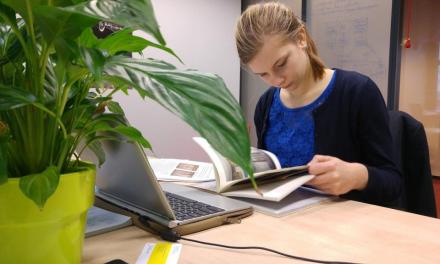Last year, The Challenge published research that showed that more than 25% of primary schools and 40% of secondary schools face problems with ethnic segregation.
In response to these findings, they then set up the Equal Not Divided campaign to promote an integrated society.
So, what can you do to help overcome ethnic segregation in your school? After all, if no action is taken to change this lack of integration, the problem is only going to increase.
Multicultural Projects
Although this would not tackle the problem in the long term, it’s a step in the right direction to altering mindsets.
Children can get involved in creating displays of icons from different nationalities, families can share recipes from different backgrounds, and you can introduce Q & A sessions to dispel common misconceptions about different religions and stereotypes.
Projects like this will show children the fun of integration and, if popular, can be held throughout the year during various holidays that are important to a range of pupils and their families.
You could also consider celebrating a holiday from around the world that none of your students have heard about; it doesn’t have to necessarily represent the beliefs of the student all the time, this is about changing the way people think.
By normalising other societies, you increase awareness and knowledge of others’ backgrounds and reduce the element of fear born of ignorance.
Encourage Students to Engage in Mixed Activities
Events that are open to all students can create an environment of inclusion and participation.
For example, if a child enjoys playing a sport and you ask them to represent the school in a tournament, they’ll feel pride in being selected and probably won’t worry about the students of other cultures playing alongside them.
School clubs can also help to integrate students. Given a common goal with suitable recognition, the onus is on the students to work together on a project that they enjoy.
Awards such as the Duke of Edinburgh and National Citizen Service are also great ways to encourage integration.
Get Involved with the Community
By asking students to get involved with the local community, you’re not just encouraging students to work together, you’re also showing them that mixing with a wide range of participants from the wider community can be rewarding and promote integration.
There are multiple ways in which you could do this at your school and with your specific community, but some ideas would be to:
- Hold a monthly dinner or afternoon tea for the elderly.
- Collect food for a food bank or donations for a local charity.
- Join a hospital visitor scheme.
- Participate in sporting events with the nearest professional team – many clubs with have youth outreach programmes that you can join.
- Organise reading events at a local library (or use the school library).
- Find a local campaign to join – more bike lanes, care for local wildlife, youth council, etc.
Participate in Worldwide Campaigns
Asking students to work with each other to think of how they can help less-advantaged children elsewhere in the world can encourage them to work on projects that emphasise their similarities rather than their differences.
This could help children to ignore their classmates’ backgrounds and focus on promoting equality. Projects like Operation Christmas Child are a great way for children to discuss social inequality and diversity of backgrounds, and what can be done to give all children the same opportunities.
Unfortunately, there is no simple or single way to tackle the issue of ethnic segregation in schools, and the problem is definitely not an easy one to manage.
However, by introducing cross-cultural opportunities in your school, you can help children to integrate and accept ethnic differences before they develop attitudes that can make this much more difficult in later life.










